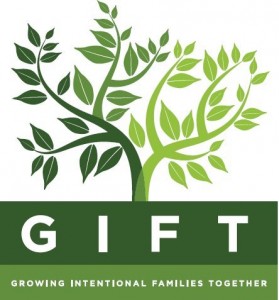 GIFT Family Services chose the tree as our logo because it offers an apt and frequently-used metaphor for adoption. The common interpretation sees the roots representing the birth parents/birth family, the trunk as the extended adoptive family, the branches represent the nuclear adoptive family, and a grafted limb represents the adoptee. In horticulture a limb is grafted onto a healthy trunk; it relies on the strength of the parent plant. It’s survival depends on it. Directed by its DNA, each grafted branch remains true to its nature. For example, a “cocktail” tree grafts multiple kinds of citrus fruit onto a single trunk. This makes it possible for one “parent” plant to produce lemons, limes, oranges and tangerines on a single trunk. Similarly, one “fruit salad” tree bears several variety of apples.
GIFT Family Services chose the tree as our logo because it offers an apt and frequently-used metaphor for adoption. The common interpretation sees the roots representing the birth parents/birth family, the trunk as the extended adoptive family, the branches represent the nuclear adoptive family, and a grafted limb represents the adoptee. In horticulture a limb is grafted onto a healthy trunk; it relies on the strength of the parent plant. It’s survival depends on it. Directed by its DNA, each grafted branch remains true to its nature. For example, a “cocktail” tree grafts multiple kinds of citrus fruit onto a single trunk. This makes it possible for one “parent” plant to produce lemons, limes, oranges and tangerines on a single trunk. Similarly, one “fruit salad” tree bears several variety of apples.
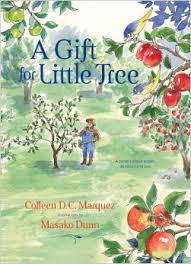 In both cases, a colorful, startling beauty emerges. Each grafted branch retains its unique identity and together, they become a glorious bouquet of variety. Similarly, adoption merges children into our families. We nurture them to adulthood, value their differences as well as their similarities to us and appreciate that they must be allowed to become whom their DNA prepared them to be.
In both cases, a colorful, startling beauty emerges. Each grafted branch retains its unique identity and together, they become a glorious bouquet of variety. Similarly, adoption merges children into our families. We nurture them to adulthood, value their differences as well as their similarities to us and appreciate that they must be allowed to become whom their DNA prepared them to be.
A Gift for Little Tree by Colleen D.C. Marquez “A beautiful adoption parable about a fruitless apple tree, an abundant apple orchard, one wise farmer, and the greatest gift of all,” is a lovely picture book which captures this concept in exquisite watercolor drawings that are paired with gentle text. (Amazon includes this description: “A parable about adoption, this charming story tells of an apple tree who is unable to bear fruit—no matter how hard she tries—until a wise farmer finds a way. He grafts a bud onto Little Tree’s limb, and in time she becomes the most colorful tree in the orchard. All those who have experienced the bonds of family in more ways than one will share in Little Tree’s delight when she discovers that it does not matter if her apples came from another tree; she loves them as her very own. Existing adoptive parents, as well as those exploring the possibility of adoption for the first time, will find Little Tree’s story especially touching. The book also honors the birth mother in a unique way, helping children understand how love is the motivation for her actions.”)
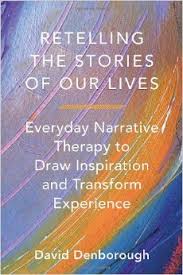 Last week we considered the challenges that face our newly-minted high school graduates. The tree can also illustrate how our children might navigate this transition in their identity as they design the path to their future.
Last week we considered the challenges that face our newly-minted high school graduates. The tree can also illustrate how our children might navigate this transition in their identity as they design the path to their future.
(These ideas are based on the work of David Denborough and his book Retelling the Stories of our Lives.)
- The Roots: Where do I come from? What do I consider my language, my culture, my favorites– place, song , activities, teams, clubs, friends, photographs (alone and/or others)
- The Ground: What do I choose to do? In what activities do I regularly engage. Where do I reach out and anchor myself?
- The Trunk: What do I value? What provides my sense of strength, stability and capability? What do friends find valuable about me? Which of my talents do the groups I belong to value?
- The Branches: What are the hopes, dreams & wishes I have for my life? (As a branch reaches for light, space and water, to what am I drawn in order to feel alive, to grow and to flourish? What hopes & dreams do I have for my tribe, community or society-at-large?
- The Leaves: How do I nurture myself? What is my support system? Which people are significant to my life (directly or indirectly)? Include heroes, relatives, friends, mentors, pets etc—living or deceased. What made them important to you and keeps their memory alive within you.
- The Fruits: What has been passed on to you or given to you as a contribution from others that make you “who you are?” These can include abstract gifts as well as material ones – something that is important and has become part of you.
- The Flowers : How do I present myself to the world so I can be seen and attract relationships and contribute to the world?
- The Seed: What do I wish to contribute or pass on to others? How will I bring my legacy to fruition? Include things that you were not offered but feel important for others to have. How will I dentify the Values that will guide my life?
Bruce Lipton, author of The Biology of Beliefs and The Honeymoon Effect, uses the metaphor of an architect’s blueprint to describe our DNA. Like a blueprint, our DNA is just a sketch of all that it is imprinted upon us. We determine what the final result will be. The adoptee will make the final decision as to how his identity will unfold. Like the tree, his identity is fluid and will continue to unfold as the tree blossoms and grows and as he responds to “environmental” factors which affect growth and adaptations.
For further angles on the grafted tree metaphor, look to one of the classic books for adopted families, published in 1983, is a collection of poems titled Perspective on a Grafted Tree by Patricia Irwin Johnston.
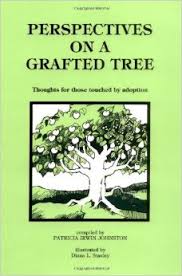


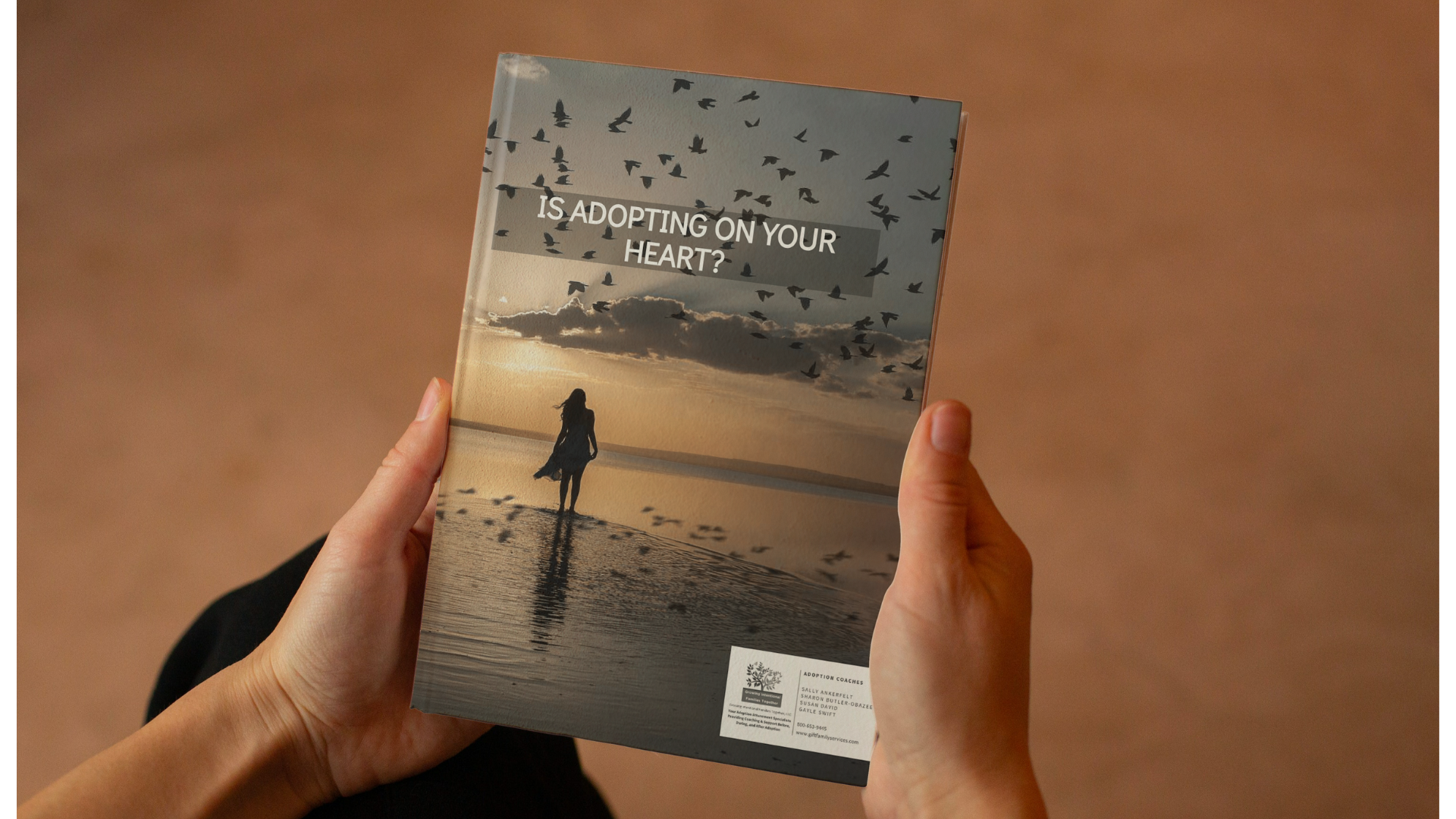
#adoption #adoptivefamilies
I particularly like your suggestion of A Gift for Little Tree that honors both the adoptive and birth mother because love is the underlying factor in the choice to place a child for adoption. It is important for us to find those stories that illuminates the “sweet” while shedding light on the “bitter.”
Also, I found David Denborough’s
ideas intriguing maybe because I just sent my
17 year old daughter off to a seminar in Washington D.C. — Law and Forensic Science. They sent us photographs of her first days; seeing here there in the midst of all of those kids — from different cities and backgrounds — and I thought how they all would be well served by thinking about their story in this way. Usually the question is “what do you want to do?” If some time was spent reflecting on these questions, perhaps it might lead to a most productive future and one that includes not only job satisfaction but embraces one’s purpose in life. Wouldn’t that be something!
I have included a photo of the large group beginning their first day of classes and lectures.
http://envisionexperience.smugmug.com/Photo-Slideshow-Archives/NYLF-LAW/2015/Summer/LAW-Chantilly-Jul-6-Jul-11/i-V8T3Zxt/0/M/photo%25204-3-M.jpg